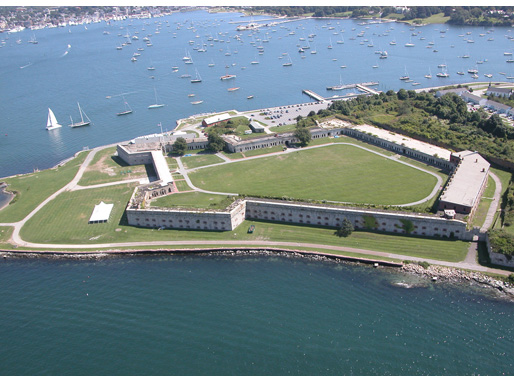This past week has been a notable one for historic preservation, as the long-idled Historic Tax Credit for restoring historic buildings was revived and passed by the state General Assembly. The new program is a modification of an earlier one that was in effect prior to 2008. Grow Smart Rhode Island, an organization dedicated both to encourage the preservation and development of urban areas and the protection of rural farmlands, lobbied for reviving the program under which any individual project will be limited to $5 million in credits, and the program’s total pool funds will be limited to credits left unused from the previous program.
While Grow Smart believes that this will be sufficient to generate a critical mass of new Historic Tax Credit projects around the state, they also expect that the pent-up demand for credits will be substantial enough to require advocacy as early as next year for additional Historic Tax Credit funding. The suspension of the program over the last five years has caused the freezing or cancellation of many projects which could have had a positive effect on the urban environments and economic vitality of the state. But even as the state tax credit moves forward, the federal tax credit is under attack.
Although the total program has been limited to the $34.5 million that had been previously approved for programs that expired before using them, this is certainly better than nothing. Local projects likely to benefit include the old but rundown office building on Bellevue, a commercial theater in need of restoration, or many dozens of other projects that face a lack of financing. Once these old buildings are restored, they add value to the community that is reflected in higher tax revenue from those properties.
The battle to preserve historic assets and keep them vital by finding new uses for them has always been difficult. It is easier to do nothing and then mourns the losses after they happen. Fortunately for Newport, leaders like the Van Alens, Katherine Warren, and the Fort Adams Trust stepped in to save buildings that would otherwise have been lost forever. Today, these rescued buildings annually attract a huge influx of visitors who have come to attend the International Tennis Hall of Fame tournament or the music festivals. These spaces are now a part of Newport’s economic foundation. The work is far from done, and each elected councilor, city staffer, and Newport citizen must remain vigilant to the need at hand to “Preserve, Protect and Present” our wonderful architectural assets so they serve us long into the future.
For those who live in Newport, it is easy to forget what great architectural treasures the city contains. July is a month in which Newporters inevitably are reminded about how important historic buildings have become to the community’s economy and future well-being. It’s the month when the Tennis Championships are held at the Newport Casino and when the Newport Music Festival brings classical music to 12 different historic venues in the city, and when the Folk Festival uses historic Fort Adams as its host site.
Looking to remodel your home? Let’s connect.
Join the Architectural Forum to stay up-to-date with architectural news from Rhode Island and abroad.
Ross Sinclair Cann, AIA LEED AP is an architectural historian, teacher, author, and practicing architect who lives and works in Newport. This article was initially published in ARCHI-TEXT, in Newport This Week, August 1, 2013.
